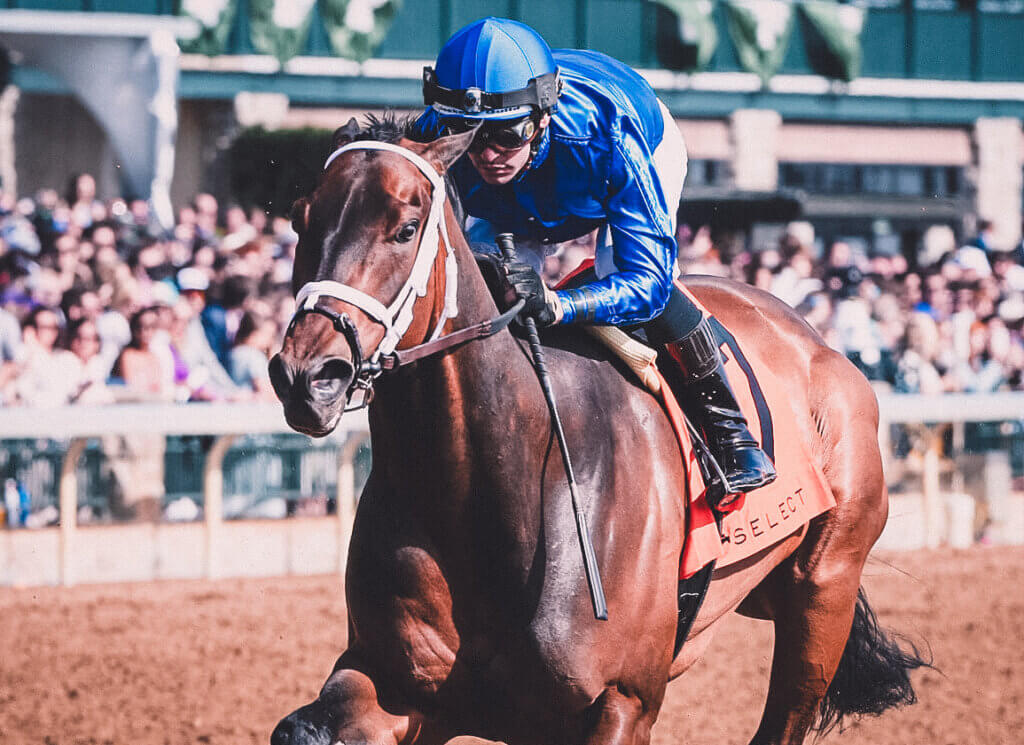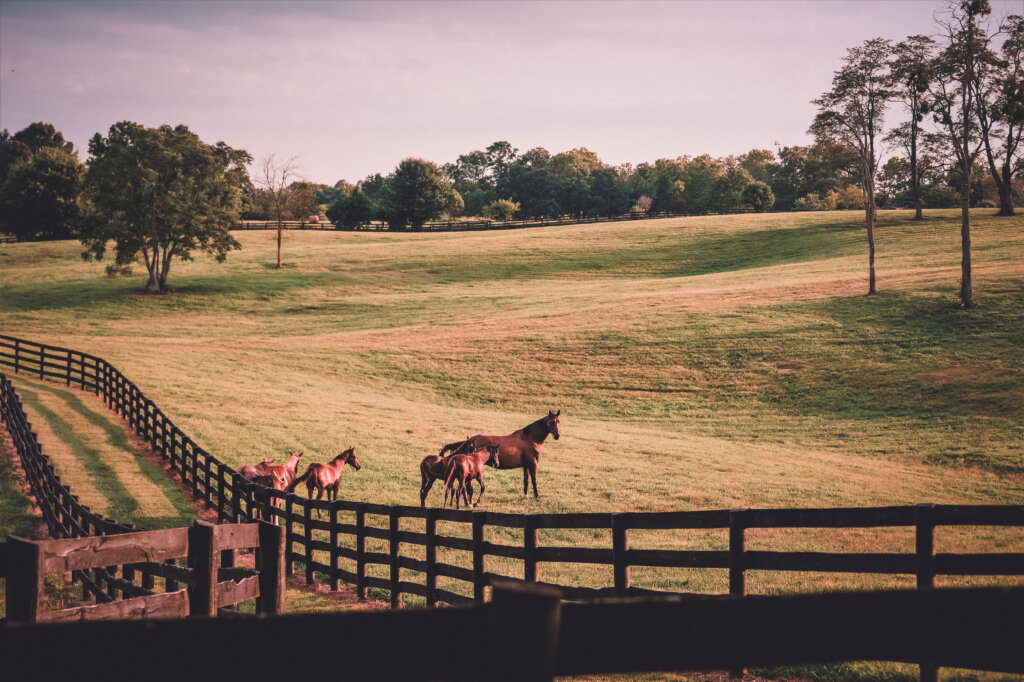Hitchens, P; Morrice-West, A; Stevenson, M; Whitton, R; Meta-analysis of risk factors for racehorse catastrophic musculoskeletal injury in flat racing; Vet. Jounral. Read Full Article.
SUMMARY
This systematic review analyzed literature published from 1990 to 2017, focusing on fatal or catastrophic musculoskeletal injuries (CMI) in Thoroughbred flat races. Pooled effect sizes indicated a CMI incidence of 1.17 per 1000 race starts. The study investigated nearly 300 factors associated with CMI, revealing consistent evidence linking older horse age, male sex, higher race class, specific track conditions, longer race distance, and various management-related factors to increased CMI risk. Conflicting findings were noted regarding the cumulative distance of high-speed exercise.
Previous reviews on racehorse musculoskeletal injuries highlighted common risk factors but suffered from inconsistent methodologies. The study traced the evolution of epidemiological studies from descriptive analyses in the 1960s to advanced multivariable models. Emphasizing the need for evidence-based research to enhance racehorse welfare, meta-analysis was proposed to consolidate findings and pave the way for future consensus statements.
The study employed a systematic search strategy, combining previous reviews with additional searches in Scopus and Google Scholar. The inclusion criteria covered fatal or catastrophic musculoskeletal injury incidence in Thoroughbred flat races (n = 21) or risk factors for CMI (n = 65). Articles published between 1990 and 2017 were considered.
Pooled data estimated a CMI incidence of 1.17 per 1000 race starts, with significant variations between countries. Incidence rates for Australia and New Zealand were lower than those in the United States and Canada but comparable to Hong Kong and the United Kingdom. Challenges in determining changes over time for Australian rates were acknowledged.
Discussion:
Consistent evidence highlighted factors increasing CMI risk, including horse-level factors, race-level factors, and management-related factors. Conflicting findings on cumulative high-speed exercise distance suggested two potential mechanisms of injury related to bone adaptation.
The study calls for future research to evaluate intervention success and injury mechanisms, emphasizing evidence-based strategies to enhance racehorse welfare and safety. The project, part of the Equine Limb Injury Prevention Research Program, was funded by Racing Victoria Ltd., the Victorian State Government, and the University of Melbourne. No conflicts of interest were declared by the authors.
RECOMMENDATIONS
Important lessons and takeaways for the thoroughbred community from this study include:
- Standardized Methodologies: Advocate for standardized methodologies in future racehorse injury epidemiological studies for effective comparison.
- Advanced Models: Encourage the use of advanced multivariable models to account for the multifactorial nature of injuries.
- International Collaboration: Promote international collaboration to address variations in risk factors and study designs.
- Evaluate Interventions: Call for future studies to not only identify risk factors but also evaluate the success of interventions.
- Consensus Statements: Support the development of consensus statements to guide future reporting in the field.



